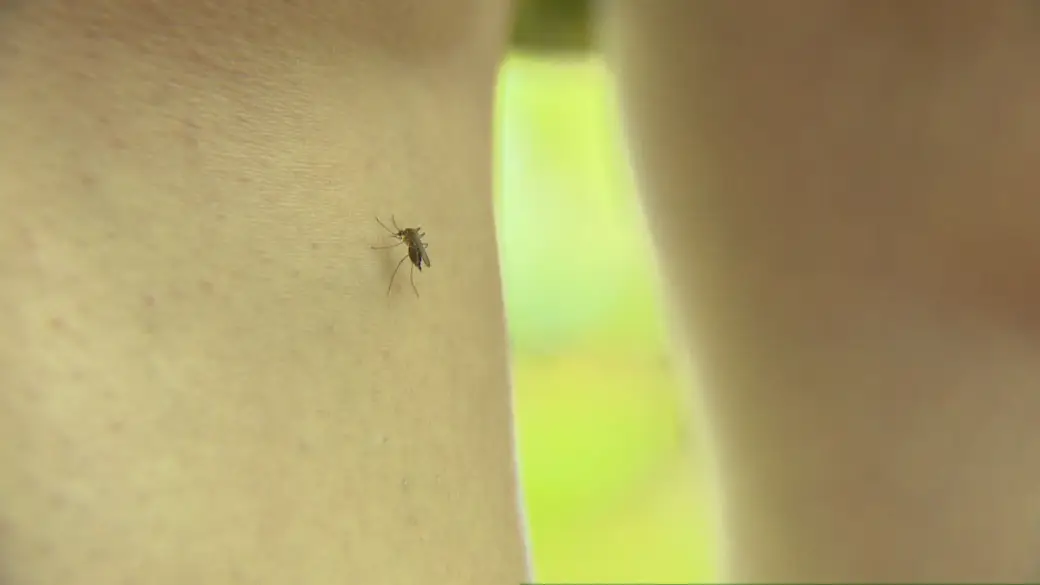Oropouche fever, a zoonotic disease transmitted by tiny insects like midges and mosquitoes, is spreading at an alarming rate, with cases now emerging in regions where it was previously unheard of, including Europe. Health officials are concerned about its potential spread to Canada, particularly as it has been detected in popular travel destinations for Canadians, such as Cuba.
What is Oropouche Fever?
Oropouche fever is a viral disease that was first identified in Trinidad in 1955 and has traditionally circulated in Central and South America. The virus can infect various animals, including sloths, primates, rodents, and birds, which serve as natural hosts. The disease is spread to humans through the bites of infected midges and mosquitoes, which are active both indoors and outdoors.
Symptoms of Oropouche fever can be mistaken for other insect-borne diseases like dengue fever and Zika virus. They include fever, chills, nausea, vomiting, headache, joint pain, muscle pain, sensitivity to light, and pain behind the eyes. Some patients may also develop a rash, and in rare cases, the disease can lead to severe complications such as aseptic meningitis, an inflammation of the membranes surrounding the brain.
Current Spread and Risks
As of August 2024, over 8,000 cases of Oropouche fever have been confirmed in South America, including Bolivia, Brazil, Colombia, and Peru. The virus has also recently been detected in Europe, with cases reported in Spain, Italy, and Germany, primarily linked to travel to Cuba and Brazil.
In Canada, there have been no reported cases yet, but experts warn that it could be only a matter of time, especially with the virus now present in popular Canadian travel destinations. Dr. Isaac Bogoch, an infectious disease specialist in Toronto, has raised concerns that the virus might soon be detected in returning travelers, noting that it is still relatively understudied and may be underreported due to limited diagnostic capabilities.
Impact of Climate Change
The spread of Oropouche fever is being fueled by factors such as climate change, urbanization, and deforestation. These conditions have led to an increased proliferation of midges and mosquitoes, the primary carriers of the virus. Deforestation, in particular, has been linked to the displacement of the virus’s animal hosts, which drives the insects to bite humans more frequently.
Precautions and Prevention
There is currently no vaccine or specific treatment for Oropouche fever. Preventing insect bites remains the most effective way to avoid the disease. The Centers for Disease Control and Prevention (CDC) recommends using insect repellents containing 30% DEET or 20% picaridin, which are effective against both mosquitoes and midges. Additional measures include installing window and door screens, using fans outdoors to keep insects at bay, and seeking medical care if symptoms develop during or after travel to affected regions.
As the virus continues to spread, travelers to areas with reported Oropouche fever outbreaks are advised to take extra precautions, especially those who are pregnant, as there is a potential risk of the virus being transmitted from mother to fetus.
With the situation evolving, Canadian health officials and travelers are urged to remain vigilant and informed about this emerging threat.
To Keep Updated Visit & Follow our Facebook Page Or Our Website




